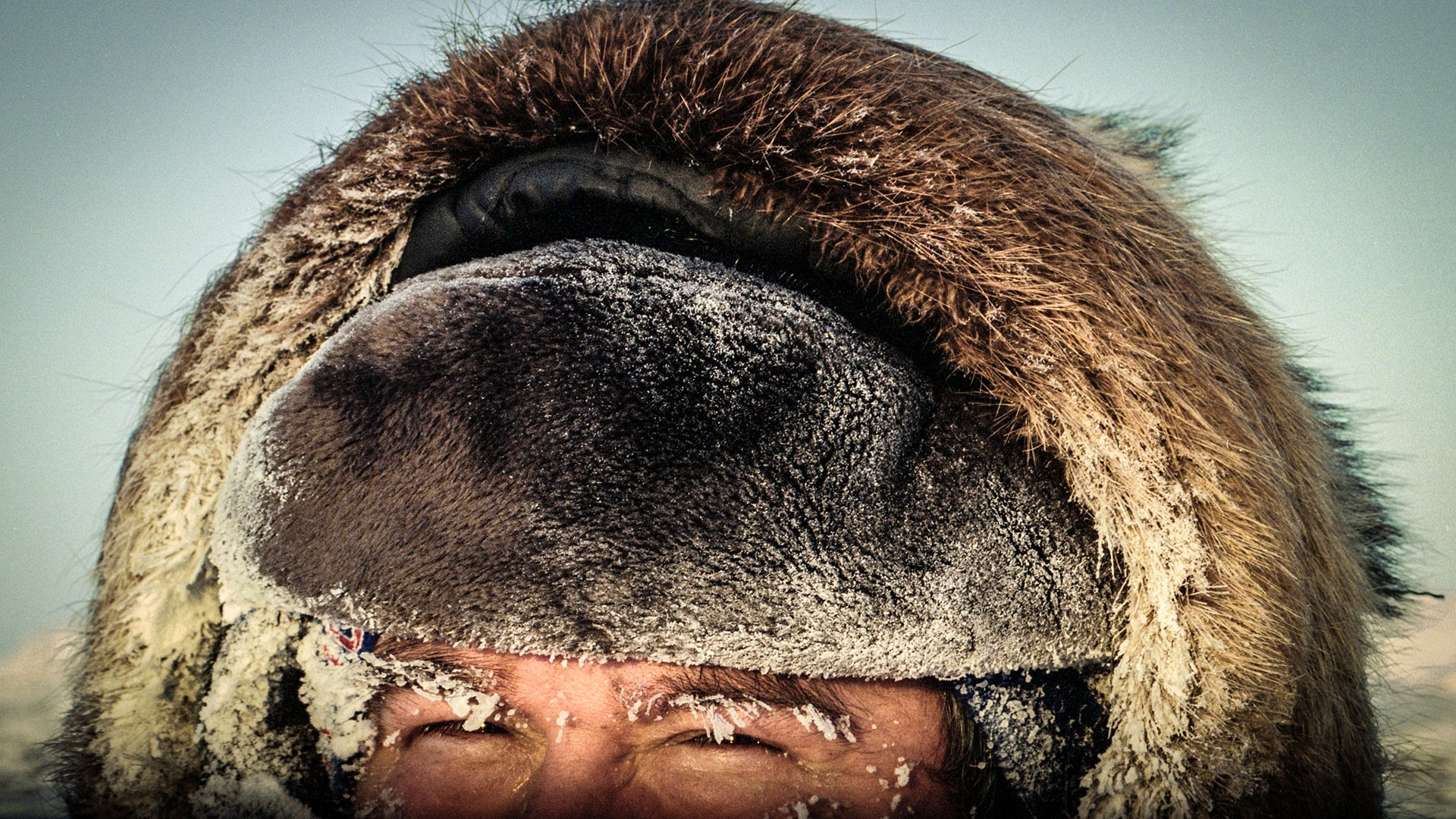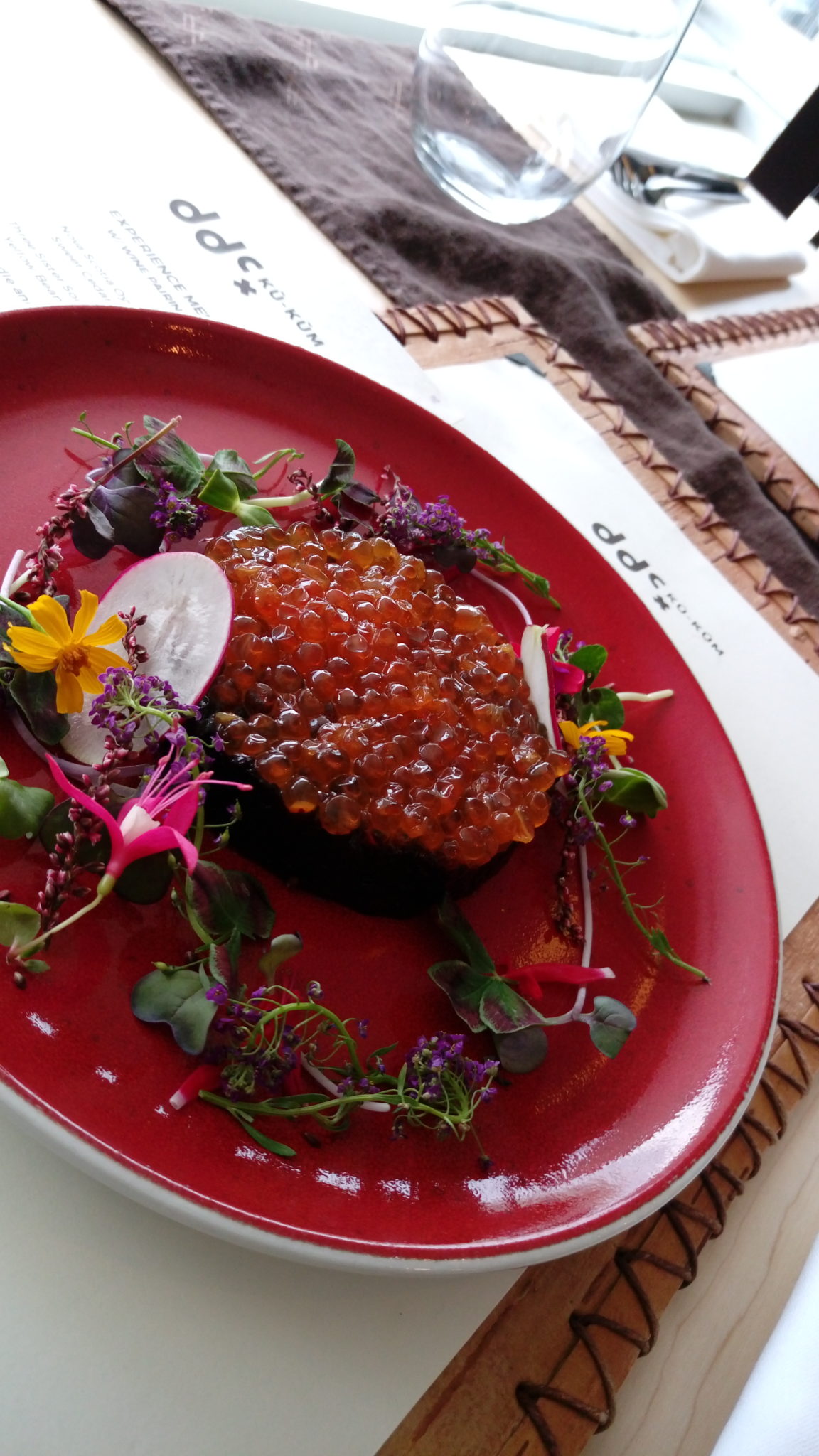A new petition by animal rights activists is targeting Toronto restaurant Kukum Kitchen for serving seal meat on its menu raising ire from Indigenous people who say their traditional foods are being unfairly targeted.“The restaurant claims they are the only restaurant in Toronto that sells seal meat and we do not want this to become a new trend,” says the petition from Care 2 organization.“These are intelligent beings that do not want to die,” it continues. “Please sign and demand that Kukum Kitchen take seal meat off their menu.”Over the weekend the petition gathered more than 3,000 signatures, and animal rights activists targeted the restaurant’s Facebook page, giving it one-star ratings and negative reviews. Supporters hit back with five-star ratings and heaps of praise in the politicised food fight. A counter-petition gathered nearly 4,000 signatures by Thursday morning. Chef and owner Joseph Shawana has kept his head down through all of this.“I’m not taking any negativity toward it,” he told VICE News, amid plans to increase seal offerings at the Indigenous restaurant. “I’m trying to learn from both sides.”“We’re launching our new menu next week and it’s going to have not only the seal tartare but also a braised, seared seal on the menu with candied beets and maple syrup and hibiscus sugar.”Kukum means grandmother in Northern Ontario Cree, and the restaurant is named to honour Shawana’s grandmother.
Chef and owner Joseph Shawana has kept his head down through all of this.“I’m not taking any negativity toward it,” he told VICE News, amid plans to increase seal offerings at the Indigenous restaurant. “I’m trying to learn from both sides.”“We’re launching our new menu next week and it’s going to have not only the seal tartare but also a braised, seared seal on the menu with candied beets and maple syrup and hibiscus sugar.”Kukum means grandmother in Northern Ontario Cree, and the restaurant is named to honour Shawana’s grandmother. Seal tartare appears on the menu alongside Nova Scotia oysters, elk, pheasant and halibut, that aim to tell “the culinary story of Canadian Indigenous heritage,” according to the restaurant’s website.The petition began after Food and Wine sampled Kukum Kitchen’s seal tartare — a deep purple meat served with bannock crostini and a quail egg — and published an article “What does seal taste like?” It’s similar to liver but without the taste of blood, Shawana told the upscale dining magazine.SeaDNA, the supplier of Kukum Kitchen’s seal meat, says they harvest harp seals from the Gulf of St. Lawrence. The harp seal population is near its highest in history, according to Canadian government data.The seal hunt quota changes based on population estimates, and due to low demand, the number of harvested seals has not come close to the quota for the last five years, according to a scientist with the Department of Fisheries and Oceans.“In 2016, I believe we were at around 17 percent of the annual quota [for the entire catch off the Atlantic coast],” SeaDNA sales representative Jonas Gilbart said.That’s not quite true according to Garry Stenson, a scientist with the Department of Fisheries and Oceans who surveys the harp seal population so the Canadian Government can set quotas.“There’s no question that the [harp seal] population is doing just fine,” Stenson told Vice News.“Right now, our best estimate of the population is around 7.4 million. And that’s in comparison to the early ‘70s when they were less than 1.5 million. And our highest population ever estimated was about 7.8 million,” he said.The petition describes the seals dying horrible deaths: “They are bludgeoned in the forehead with a tool called a [sic] hakipik or shot with a high powered rifle, then cut under their flippers to bleed out. There is blood everywhere and they suffer as a lot of them do not die immediately.”
Seal tartare appears on the menu alongside Nova Scotia oysters, elk, pheasant and halibut, that aim to tell “the culinary story of Canadian Indigenous heritage,” according to the restaurant’s website.The petition began after Food and Wine sampled Kukum Kitchen’s seal tartare — a deep purple meat served with bannock crostini and a quail egg — and published an article “What does seal taste like?” It’s similar to liver but without the taste of blood, Shawana told the upscale dining magazine.SeaDNA, the supplier of Kukum Kitchen’s seal meat, says they harvest harp seals from the Gulf of St. Lawrence. The harp seal population is near its highest in history, according to Canadian government data.The seal hunt quota changes based on population estimates, and due to low demand, the number of harvested seals has not come close to the quota for the last five years, according to a scientist with the Department of Fisheries and Oceans.“In 2016, I believe we were at around 17 percent of the annual quota [for the entire catch off the Atlantic coast],” SeaDNA sales representative Jonas Gilbart said.That’s not quite true according to Garry Stenson, a scientist with the Department of Fisheries and Oceans who surveys the harp seal population so the Canadian Government can set quotas.“There’s no question that the [harp seal] population is doing just fine,” Stenson told Vice News.“Right now, our best estimate of the population is around 7.4 million. And that’s in comparison to the early ‘70s when they were less than 1.5 million. And our highest population ever estimated was about 7.8 million,” he said.The petition describes the seals dying horrible deaths: “They are bludgeoned in the forehead with a tool called a [sic] hakipik or shot with a high powered rifle, then cut under their flippers to bleed out. There is blood everywhere and they suffer as a lot of them do not die immediately.”
Advertisement

Shawana’s goal with the small, 30-seat restaurant is to highlight his interpretation of Indigenous culture in all corners of Canada — including the north. That’s why he included seal meat on the menu.In the 1970s, animal rights activism had a devastating impact on the seal hunt up north, he said.“Now the seal is back, and it’s just my way to show respect to the northern communities and our northern brothers and sisters, to have a little piece of their food and their culture on the plate here at Kukum.”“There’s no question that the [harp seal] population is doing just fine,”
Advertisement

The petition states, “We know that due to global warming, the ice where these beautiful creatures live has been melting and the seal pups are drowning, so killing them is NOT a matter of population control.””We’re either near or at the highest population that’s ever been recorded for this species.”
Advertisement
”We’re either near or at the highest population that’s ever been recorded for this species.”Sea ice is indeed melting and mortality has risen as a result, Stenson said. But the government takes that into account when setting quotas for the seal hunt, he said, and they’ve been doing so for more than a decade.Jennifer Matos, the activist who started the petition, said she supports “the indigenous hunt” and indigenous rights.“But I am against a cruel and inhumane commercial slaughter,” Matos told VICE News. “I have personally witnessed a seal hunt in Newfoundland, and to say it was horrific is an understatement.”The petition claims “90 percent of the seals killed are between three weeks and three months of age,” but SeaDNA’s Gilbart says that’s not accurate. SeaDNA harvests the harp seals after they are three months old, when they have grey skin with black spots. Killing so-called “white coat” harp seal pups has been illegal in Canada since 1987.“They are not out to kill baby seals, or to maim and injure indiscriminately”
Advertisement
Although Gilbart confirmed the seals are killed with either a rifle or a hakapik (a long stick), he said the hunters, who mostly hail from Newfoundland, are well trained and professional.“They are not out to kill baby seals, or to maim and injure indiscriminately, what they’re doing is to try to kill as quickly as possible,” he said.“There is a lot of blood, there is death involved. If you go to an abattoir, if you go to a slaughterhouse, you’ll see blood, you’ll see death. But to say they suffer indiscriminately or to say they suffer more than an animal that’s been stuffed into a truck, marched off to the slaughterhouse and in distress for days, is we think quite unfair for the industry.”“These are natural animals in a wild habitat, and until death happens, they don’t know it’s coming.”Gilbart says harvesting animals from the natural environment is a better choice than buying factory-raised meat.“If you’re going to eat meat, there’s going to be death involved.”“If you’re going to eat meat, there’s going to be death involved.”